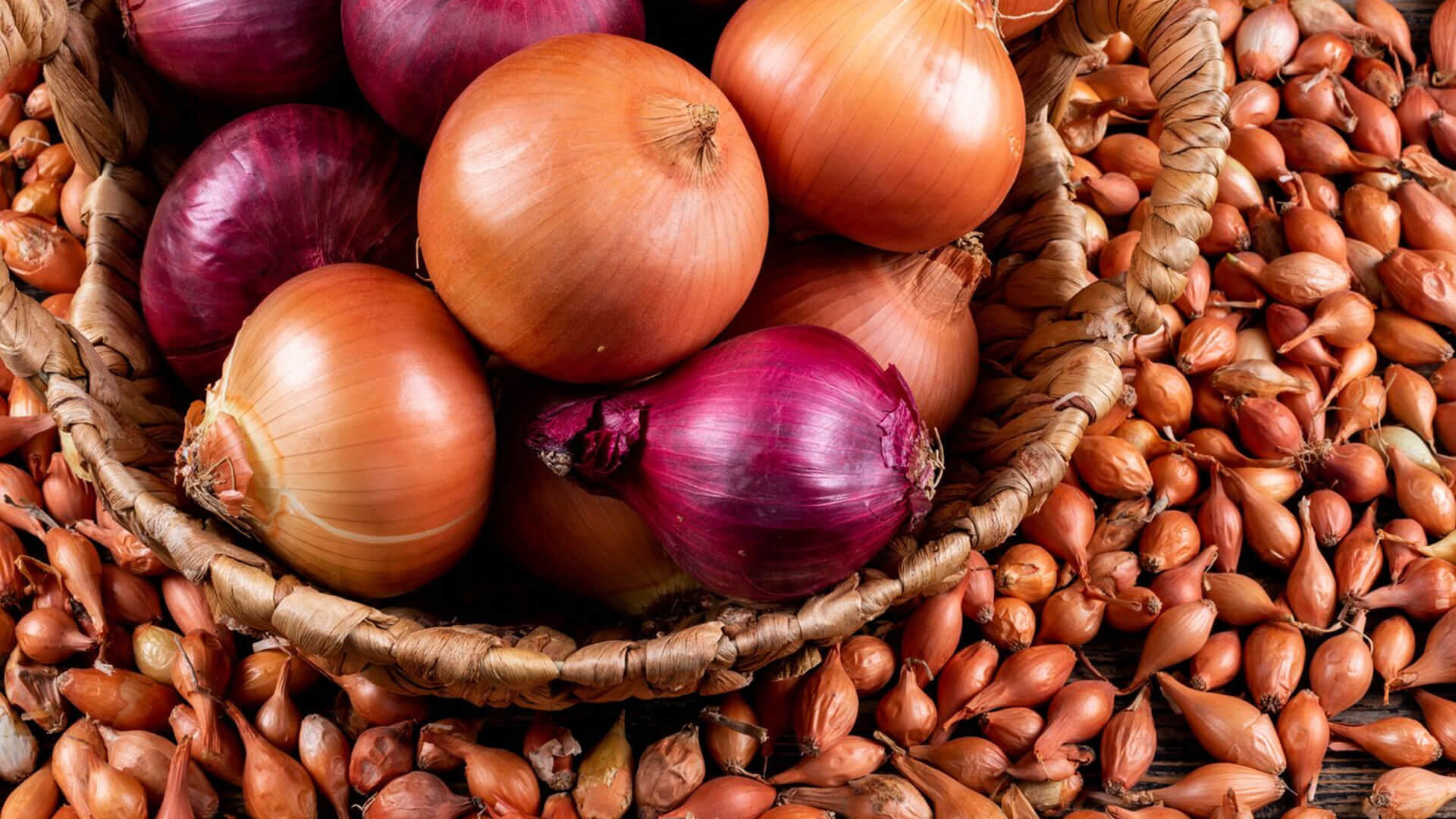
Onions, with their distinct flavor and versatility in various culinary dishes, are a popular vegetable worldwide. Whether used as a key ingredient in soups, stews, or salads, or as a flavorful addition to sandwiches and stir-fries, onions play a vital role in enhancing the taste of many dishes. Understanding the process of onion production is essential for farmers and gardeners looking to cultivate this nutritious and widely consumed vegetable. From variety selection to planting methods and cultivation practices, a well-executed onion production process can yield healthy crops and contribute to a successful harvest. In this guide, we will explore the step-by-step process of onion production, providing valuable insights for those interested in growing this staple vegetable.
- General Considerations:
- Onions thrive in cool conditions with temperatures between 12°C and 24°C.
- Winter months provide ideal growing conditions for vegetative growth and higher yields.
- Onions are sensitive to daylight length, so choose the appropriate cultivar based on day-length requirements.
- Consider the need for long-term storage when selecting the onion variety.
- Site and Soil Selection:
- Onions can be grown in various soil types, but heavy clay soils can cause difficulties at harvest.
- Ensure the soil has good drainage and avoid soils prone to capping.
- Incorporate well-composted kraal manure at a rate of up to 20 tons per hectare.
- Aim for a soil pH of 5.5-6.5 for optimal growth and disease prevention.
- Conduct a soil analysis to determine fertilizer application and balance of essential nutrients.
- Fertilization:
- Based on soil analysis, apply 1,000kg to 1,300kg of compound “C” (6:17:15) per hectare.
- Use calcium nitrate as a top dressing at 300kg per hectare, starting three weeks after transplanting.
- Apply additional top dressings at five, seven, and nine weeks after transplanting.
- Use micronutrient sprays according to the label instructions until bulb formation begins.
- Avoid excessive nitrogen application, as it can cause “Bull necks” and delay bulb formation.
- Production Methods:
- There are several methods to produce onions: field seedbeds, seed trays, direct seeding, or using onion sets.
- Each method has its advantages and considerations, such as labor intensity and crop uniformity.
- Field Seedbeds:
- Sow seeds from early February to mid-April for transplanting from May to June.
- Sow seeds in rows spaced 150mm to 200mm apart and at a depth of 10mm to 12mm.
- Use approximately 7g to 10g of seed per square meter.
- Transplant seedlings when they reach pencil thickness, around six to eight weeks after sowing.
- Seed Trays:
- Similar to field seedbeds, sow seeds during the same period.
- Allow seedlings to grow to 3.0mm to 3.5mm in diameter.
- Separate and plant individual seedlings, ensuring proper spacing.
- Transplanting Seedlings:
- Plant seedlings in shallow furrows made on top of the bed.
- Place seedlings at a slant on the sides of the furrow and cover the roots with soil.
- Seedlings will initially lie flat but will recover within a few days and start growing upright.
- Direct Seeding:
- Direct seeding allows for an earlier maturity but requires diligent weed control and frequent light irrigation.
- Sow seeds 6kg to 8kg per hectare and ensure consistent moisture until germination.
- Onion Sets:
- Sets are more robust and easier to manage than seedlings.
- Sow seed in open field nurseries on beds, allowing for 6 to 8 rows per bed.
- Apply 30kg to 50kg of nitrogen per hectare and allow bulbs to form for 4 to 6 weeks before lifting.
- Spacing:
- Plant density can range from 600,000 to 800,000 plants per hectare.
- Plant on beds with a center-to-center spacing of 1.2m to 1.6m.
- Place seedlings or seeds .


















